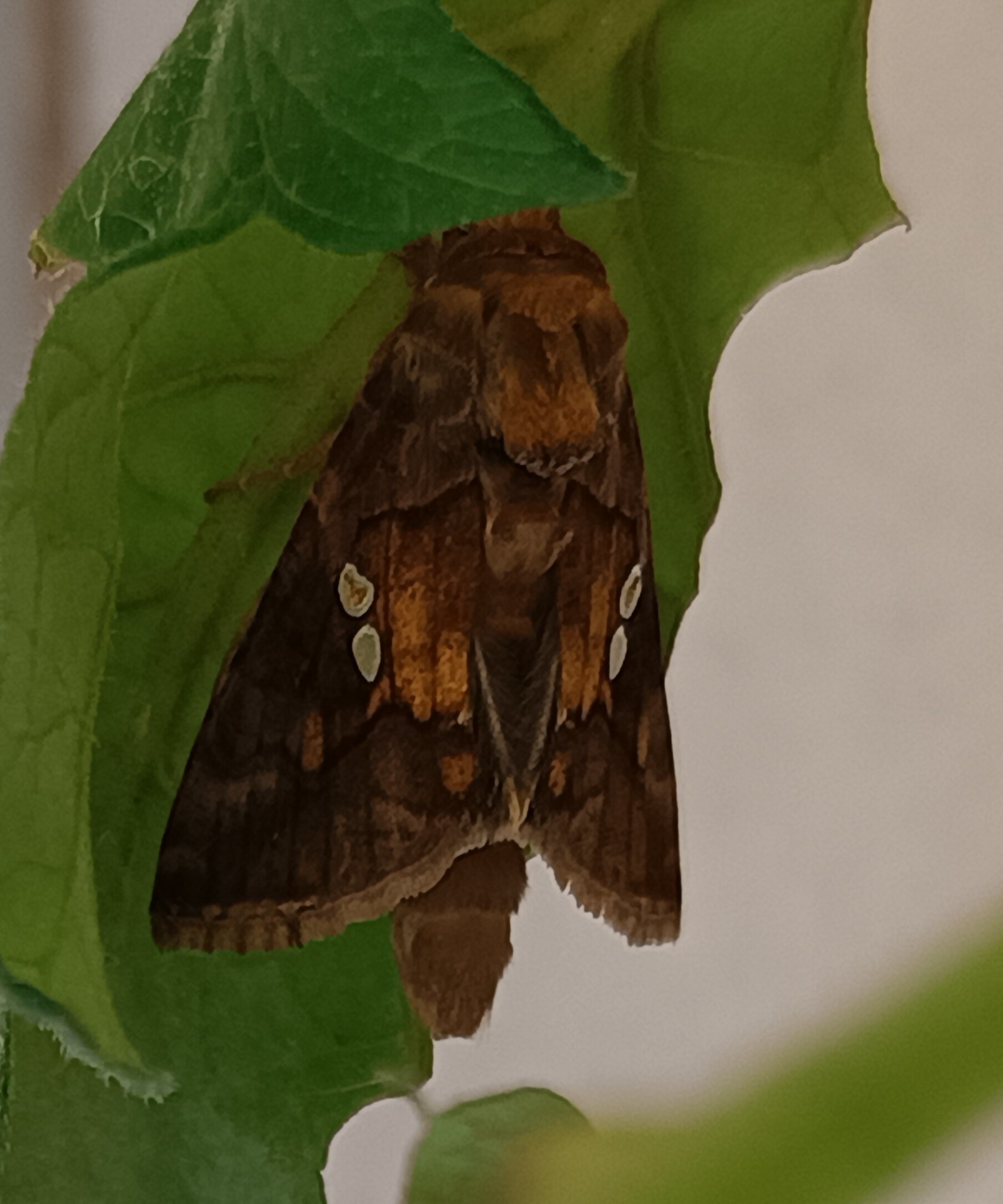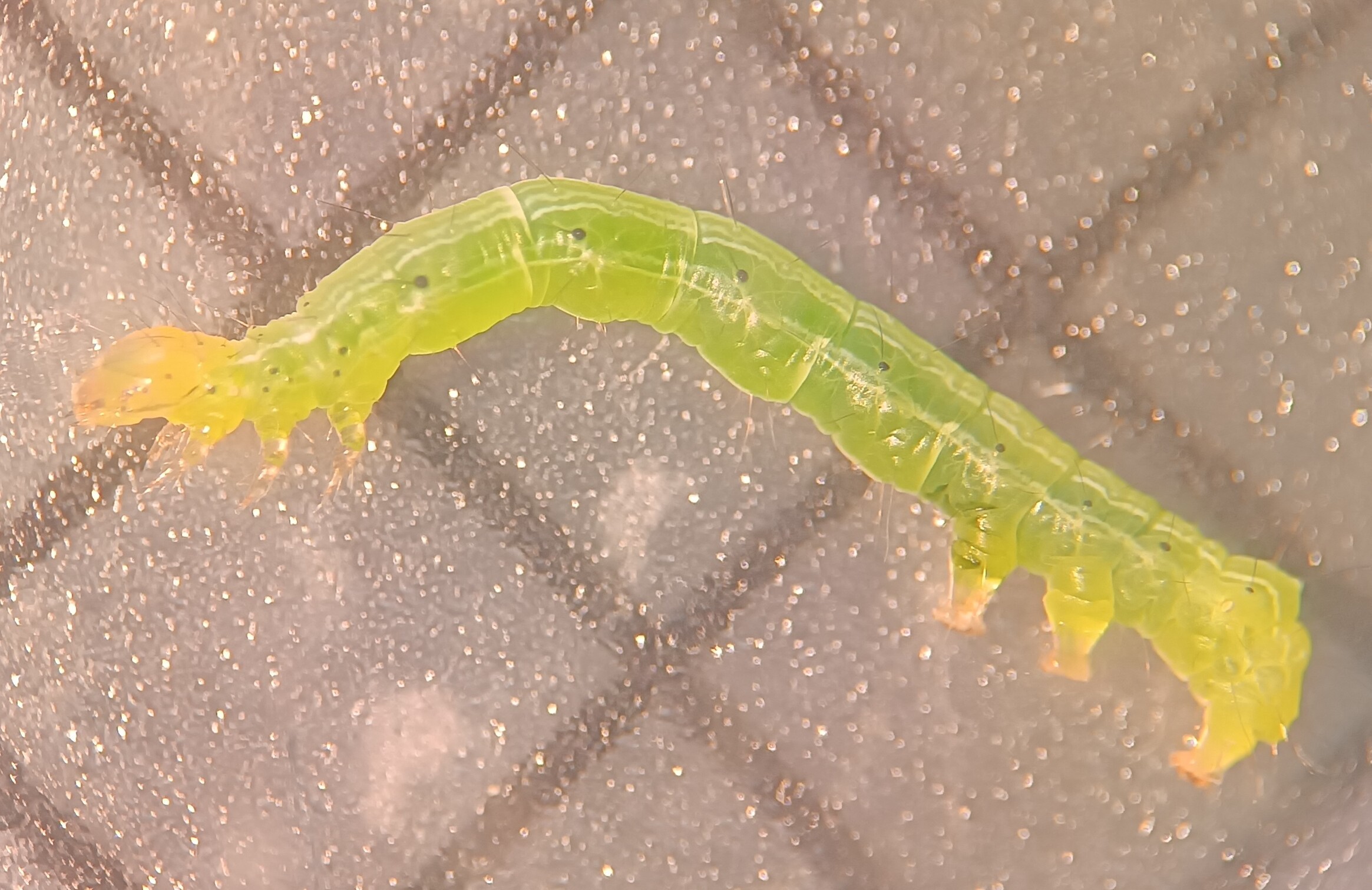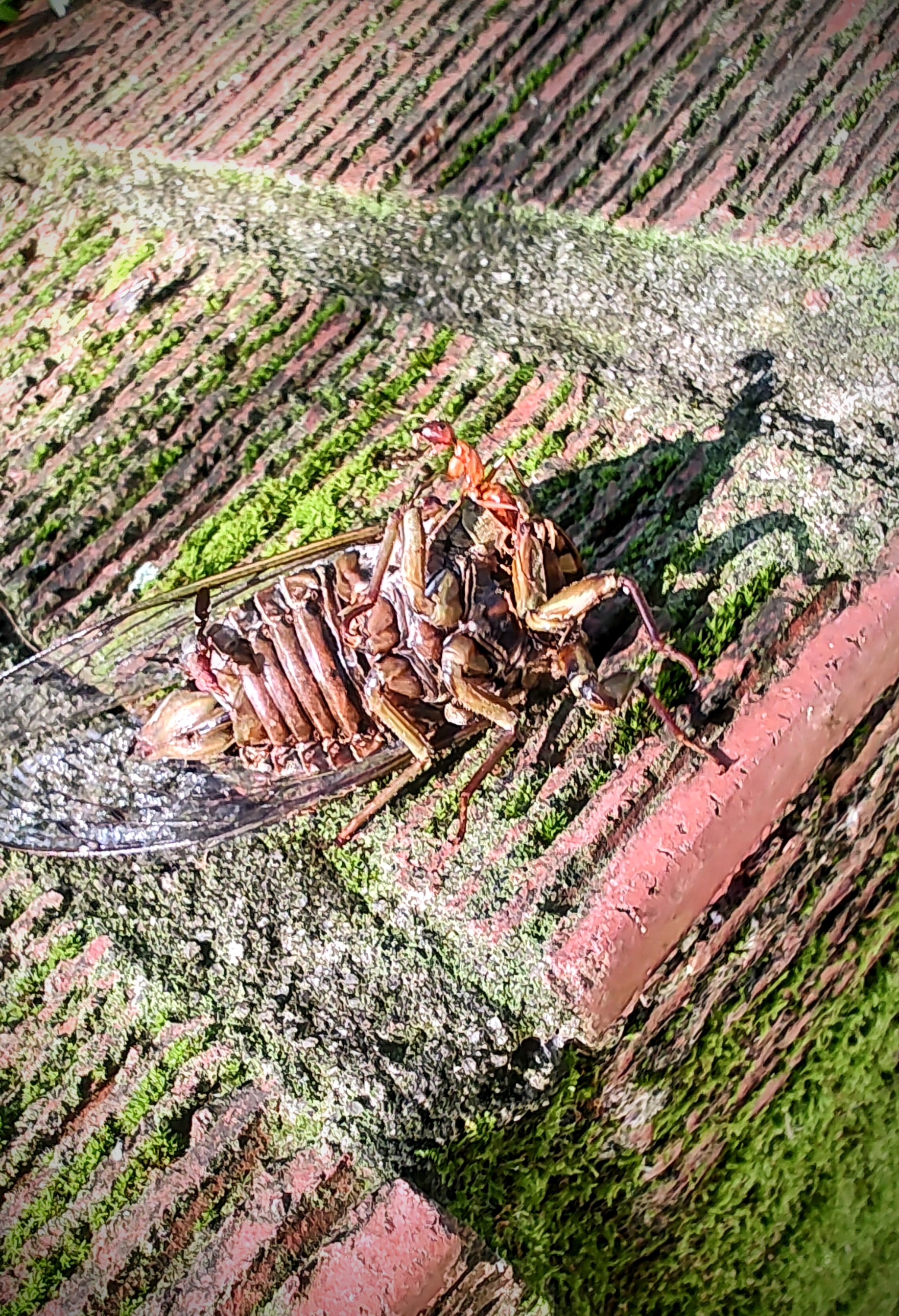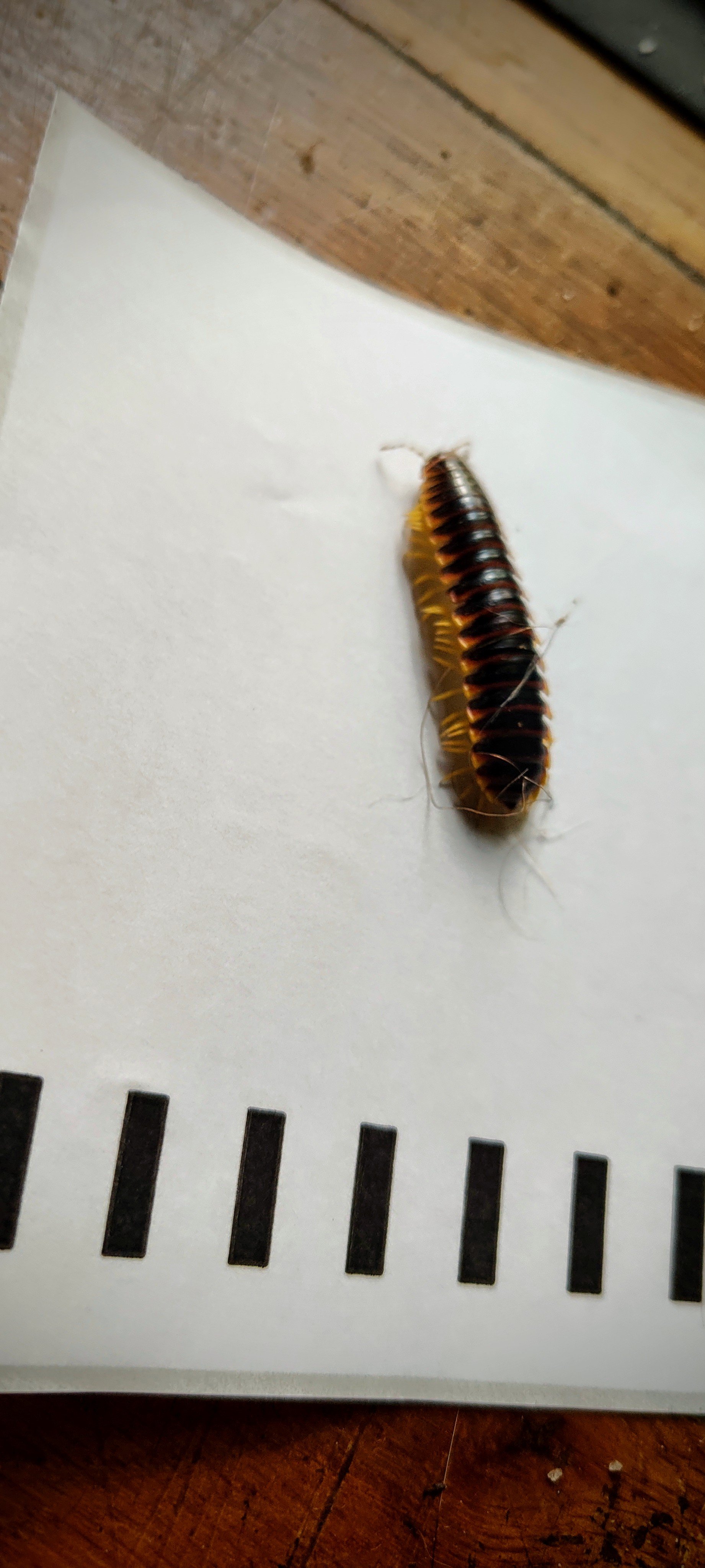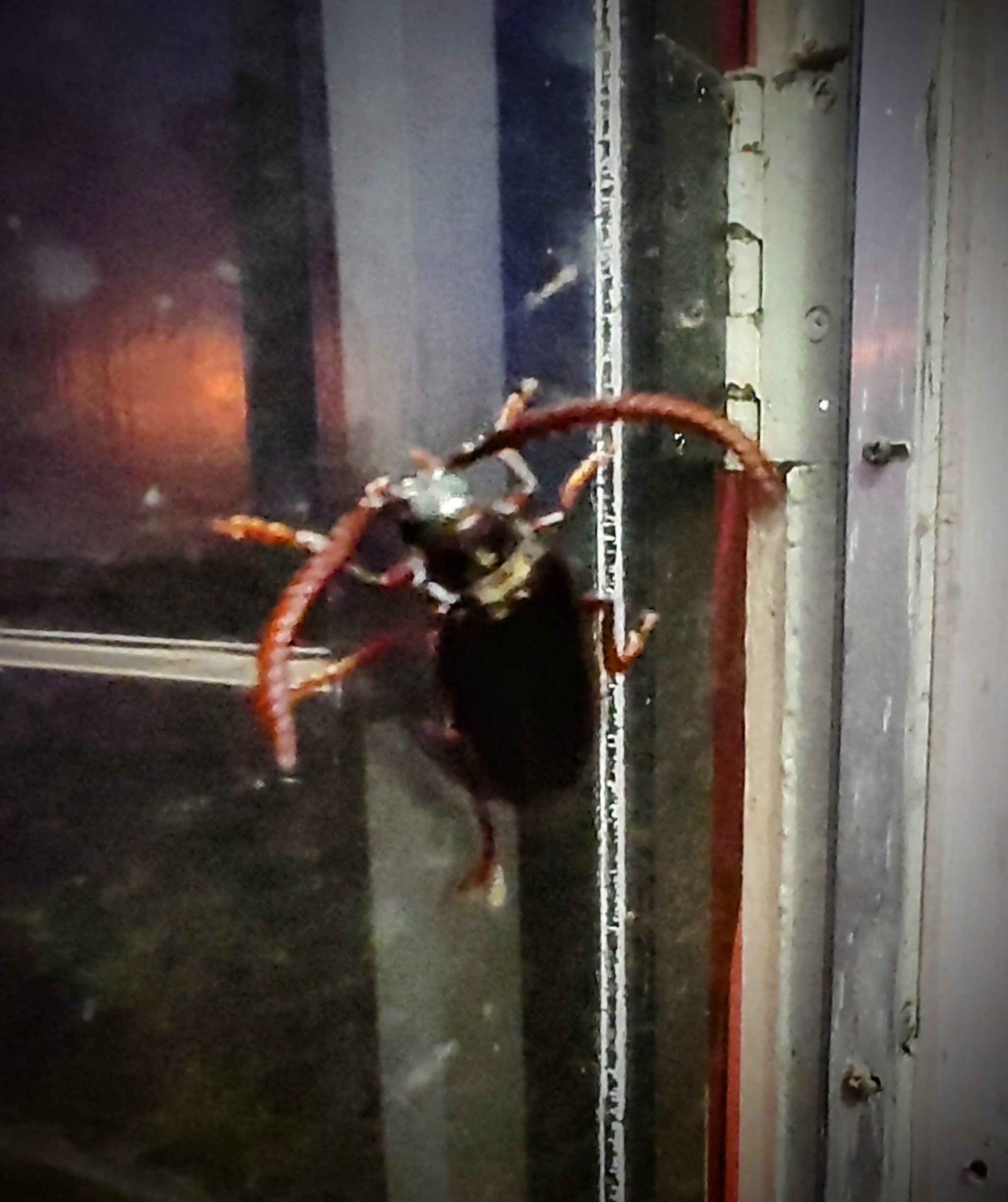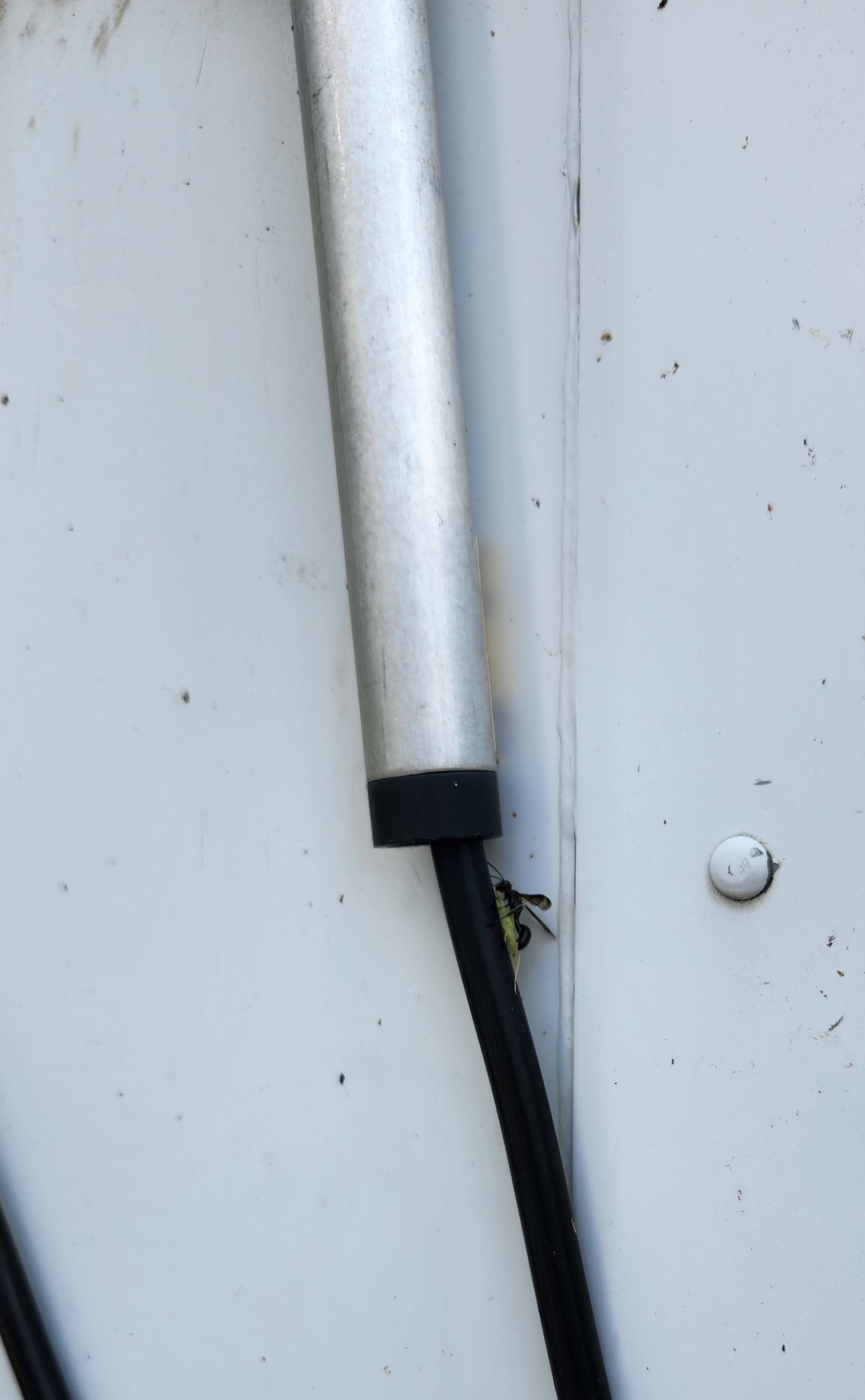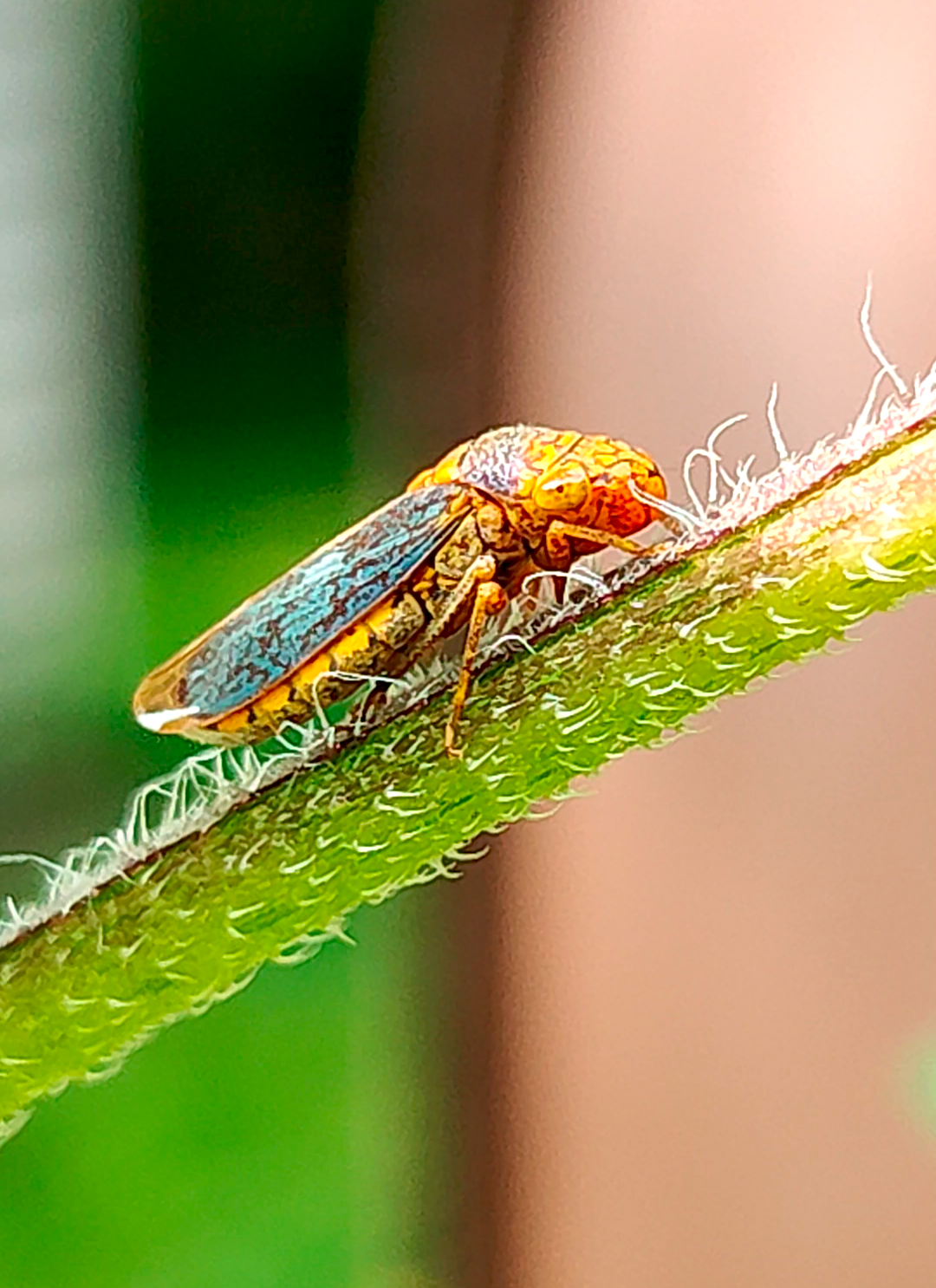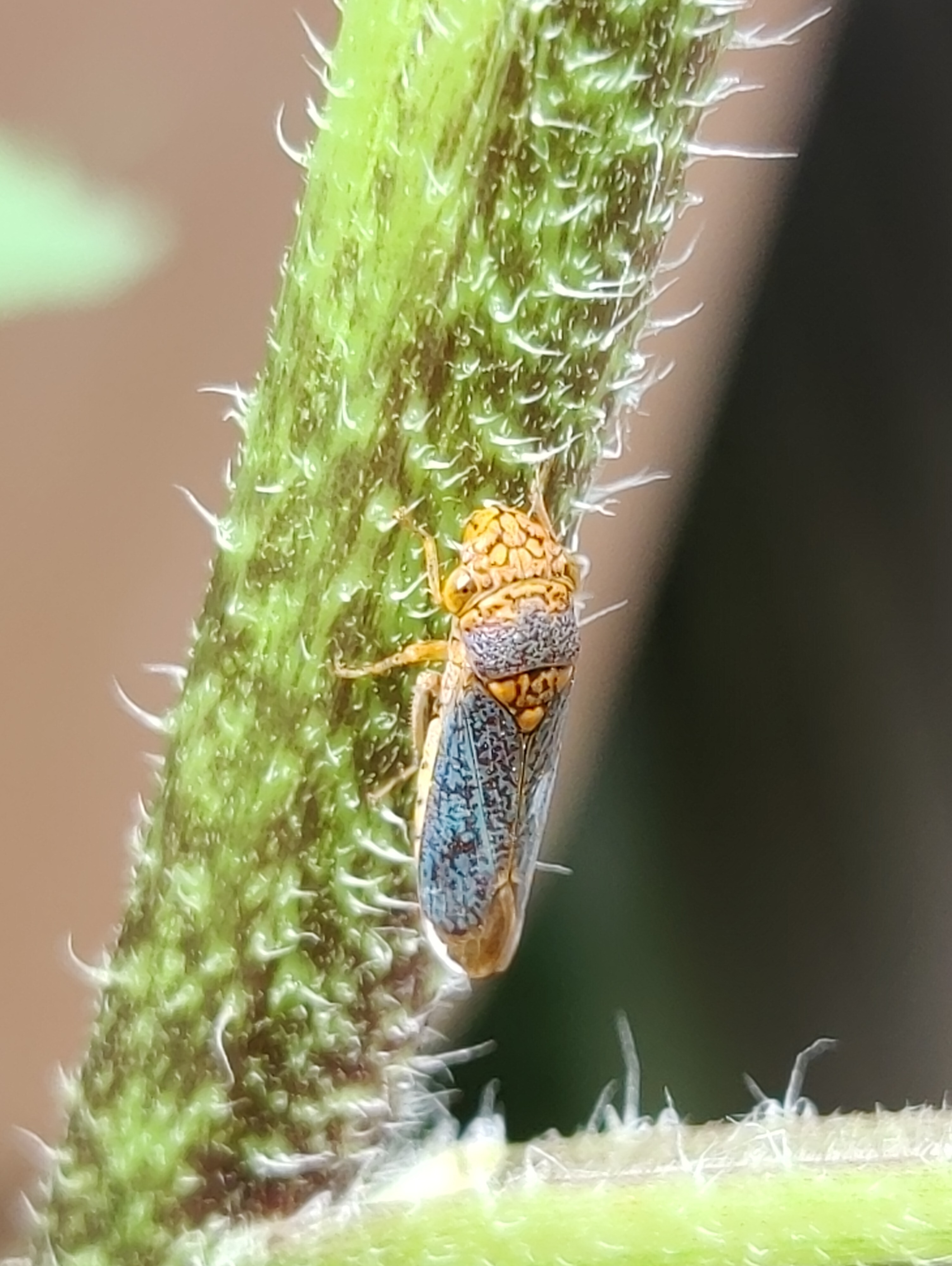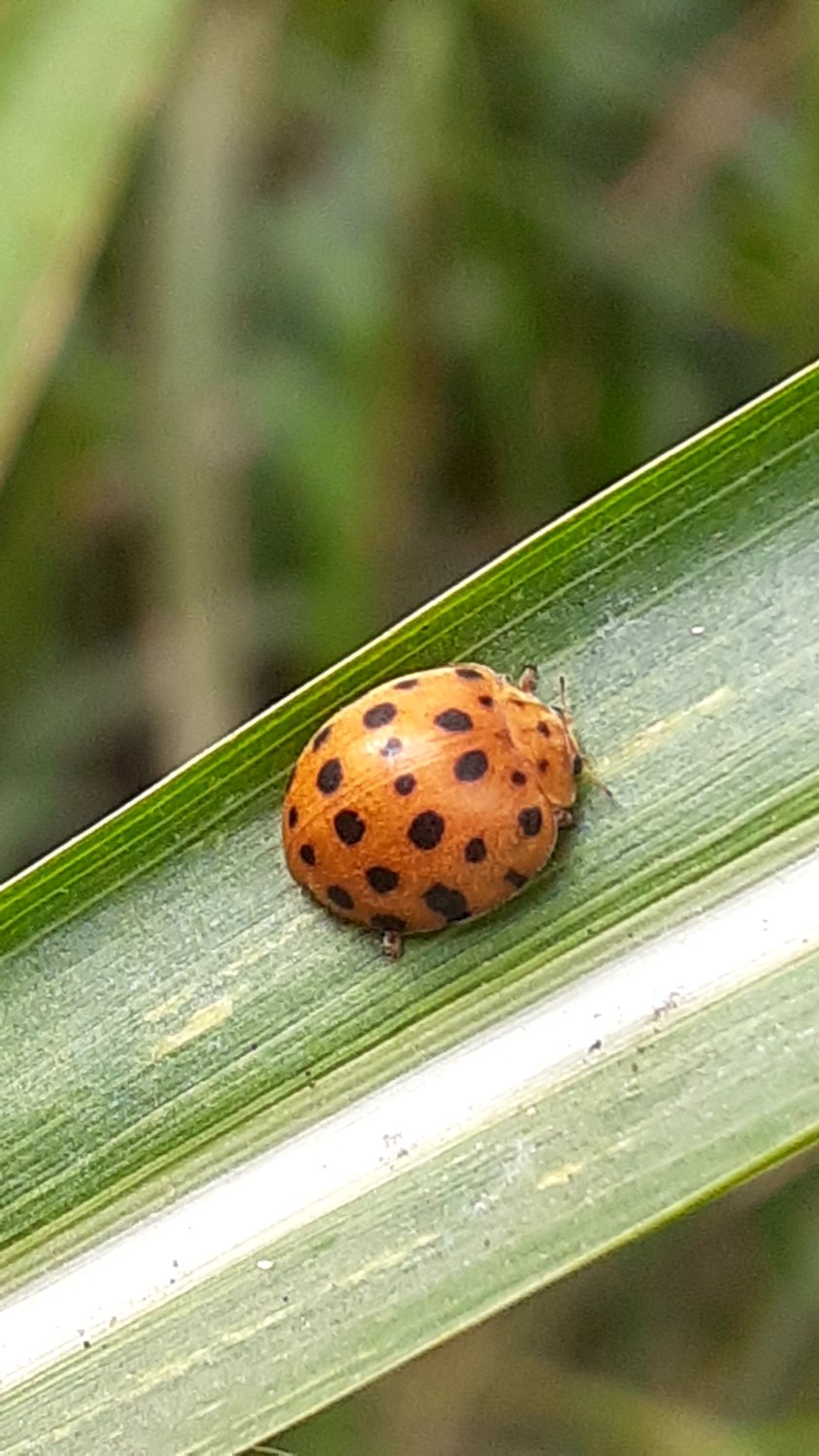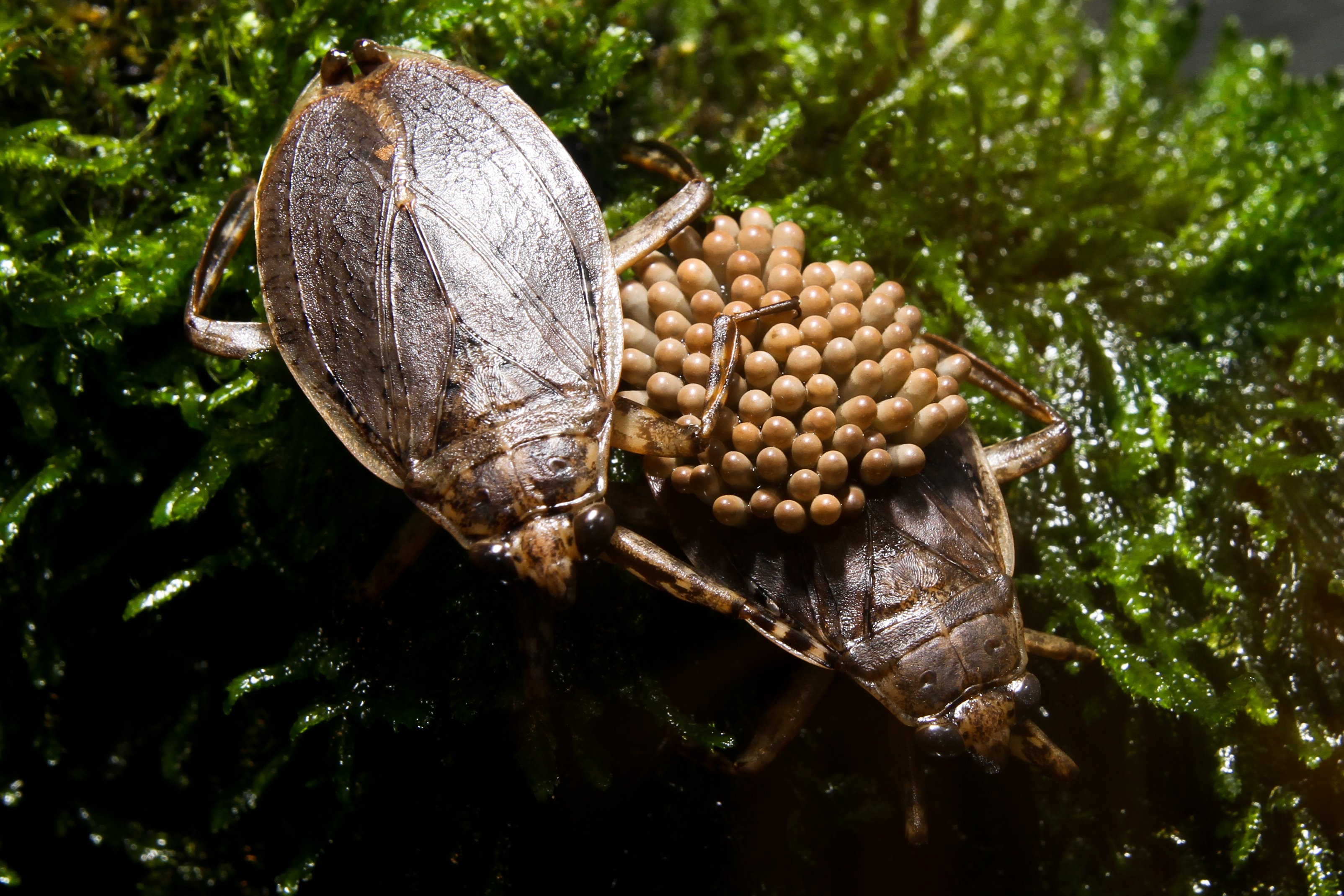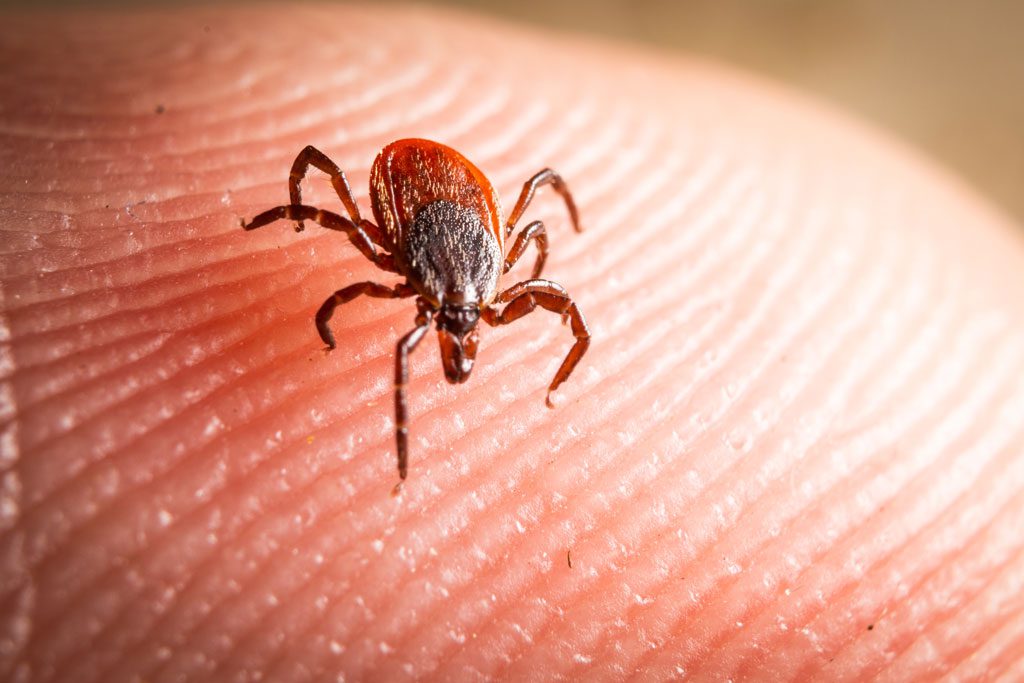bugs
336 readers
1 users here now
A casual place for Arthropoda.
Submission Examples:
- Share a cool picture of a bug.
- Ask about cockroaches.
- Tell a story about a scary wasp.
- Solicit amateur identification.
Rules:
- Relate posts to Arthropods.
- Note if an ID is keyed or a guess.
- If bit/stung, get medical help!
founded 2 years ago
MODERATORS
26
27
28
29
30
31
32
33
34
35
36
37
38
39
40
41
42
43
44
45
46
47
48
49
50
